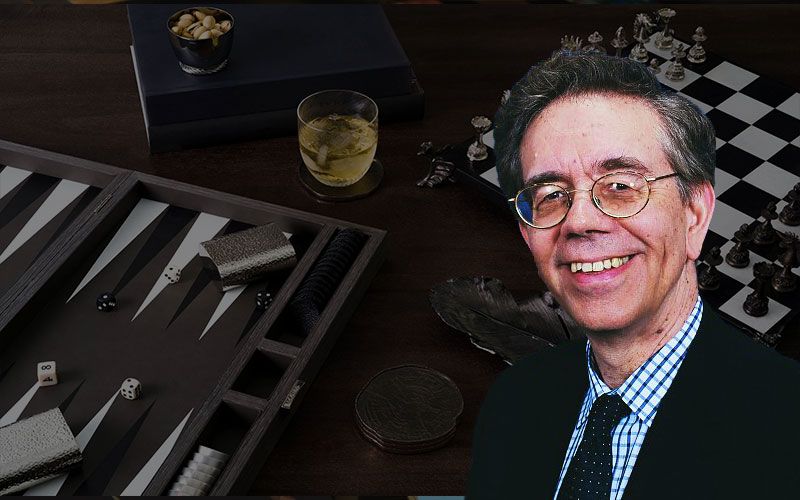
One common dilemma that players routinely face is that of hitting a tasty blot or making a strong blocking point. In very general terms, hitting the blot is most likely right. Hitting both gains ground in the race and prevents your opponent from improving his structure, which in normal positions will outweigh other choices.
As your opponent’s position becomes stacked and stripped, however, hitting blots recedes in importance while building blocking points grows. The reason has to do with timing. A stacked position can be repaired, but typically some time is required. A game with hitting and recirculating of checkers provides exactly that sort of time. A prime, however, tends to shorten the game, as a single bad roll can destroy the weaker player’s position in an instant. By building a prime, the aggressor can accelerate the crisis point to his advantage.
Consider the military analogy. Two armies meet in the field. One is in peak form, the other consists of raw recruits. Proper strategy for the untrained army is to give ground gradually, fighting only small skirmishes while protecting the main body of troops until they are fully prepared for battle. Proper strategy for the superior side is to pursue vigorously and try to force a full-scale engagement at the first opportunity. (This was more or less the scenario for Washington’s successful retreat from New York in 1776.)
Problem 1
Loading board
Position #1 shows the position after White slots with an opening 21. With a follow-up of 31, Black can hit or make his own 5-point. As has been known for a long time, hitting is right by a wide margin. It gives Black a clear edge by gaining 20 pips in the race. After making the 5-point instead, the game is equal, since White will follow by making his own 5-point.
Problem 2
Loading board
At first glance this looks like a similar position, and in the actual game, in fact, Black played 24/20* without much thought. But it’s actually a serious error. After 8/5 6/5 White is horribly squeezed, and the combination of his stack on the 6-point and his stripped midpoint tears his position apart very quickly. Take a look at how rolls like 65, 63, 61, 42, and 54 play, and you can see how allowing White to move seals his doom.
Note that routinely counting the race could mislead Black into the wrong play. Black trails in the race before the roll, 154-141. Many players would read that as a strong argument for hitting. But seeing how upcoming rolls play provides an even stronger argument for not hitting.
Problem 3
Loading board
Another illustration of the same theme. The right play is to make the 5-point while leaving the blot on the midpoint alone, putting White in a quick and powerful squeeze. Playing 13/12* 13/7, by contrast, gives Black not much of anything. White will enter and anchor or enter and float into the outfield. If Black has to start a hitting contest, White’s better board will be a big asset. In fact, after hitting, Black will be praying he can make his 5-point as soon as possible. Better, then, to just make it now.